Explore an interactive MAB block manipulator tool made for your primary classroom! Teach place value, help students visualise problems and more!
Learn Why MAB Blocks Are the Ultimate Maths Manipulative
Whether you’re calling them MAB Blocks or want to go with the full name — multi-base arithmetic blocks — this digital tool is about to be your secret weapon!
Made up of small blocks or cubes that represent units, tens, hundreds, and thousands in the decimal system, these maths manipulatives are all digital (no more lost items) and come in different sizes and colours to represent the value of each digit in a number. That means your students can use them to manipulate and visualise numbers and their place value, as well as build their understanding of addition, subtraction, multiplication and division!
Students can use the blocks to group the ones, tens, and hundreds together, and then count up to find the total. Plus, mini mathematicians can build arrays to visualise multiplication problems, or to divide a larger number into equal parts.
Pretty handy for one tool, if we do say so ourselves!
Created by our teacher team specifically for the primary classroom, this maths game is easy for students to use and integrates with your interactive whiteboard or computer.
Simply drag the MAB blocks from the tray at the bottom of the screen, and drop them into the work area. Remove a block by dragging it back into the tray. Clear the screen by tapping the red trash can button.
How to Use the Interactive MAB Blocks Lab — Ideas for Teachers
Already pondering all the ways you can add this tool to your maths lesson plans? We have a few more ideas for you, plus a few tricks of this tool.
Live Count
The MAB Lab adds the values of the blocks and displays this on-screen. The live count can help students with addition and remembering the values associated with each type of block. Click the yellow show/hide button to toggle the live count’s visibility.
Place Value Mats
Work on a virtual place value mat using this MAB Lab’s themes. Choose either the Tens, Hundreds or Thousands theme to provide a scaffold for your students when they are representing numbers. Don’t worry; only relevant blocks will be shown when using themes.
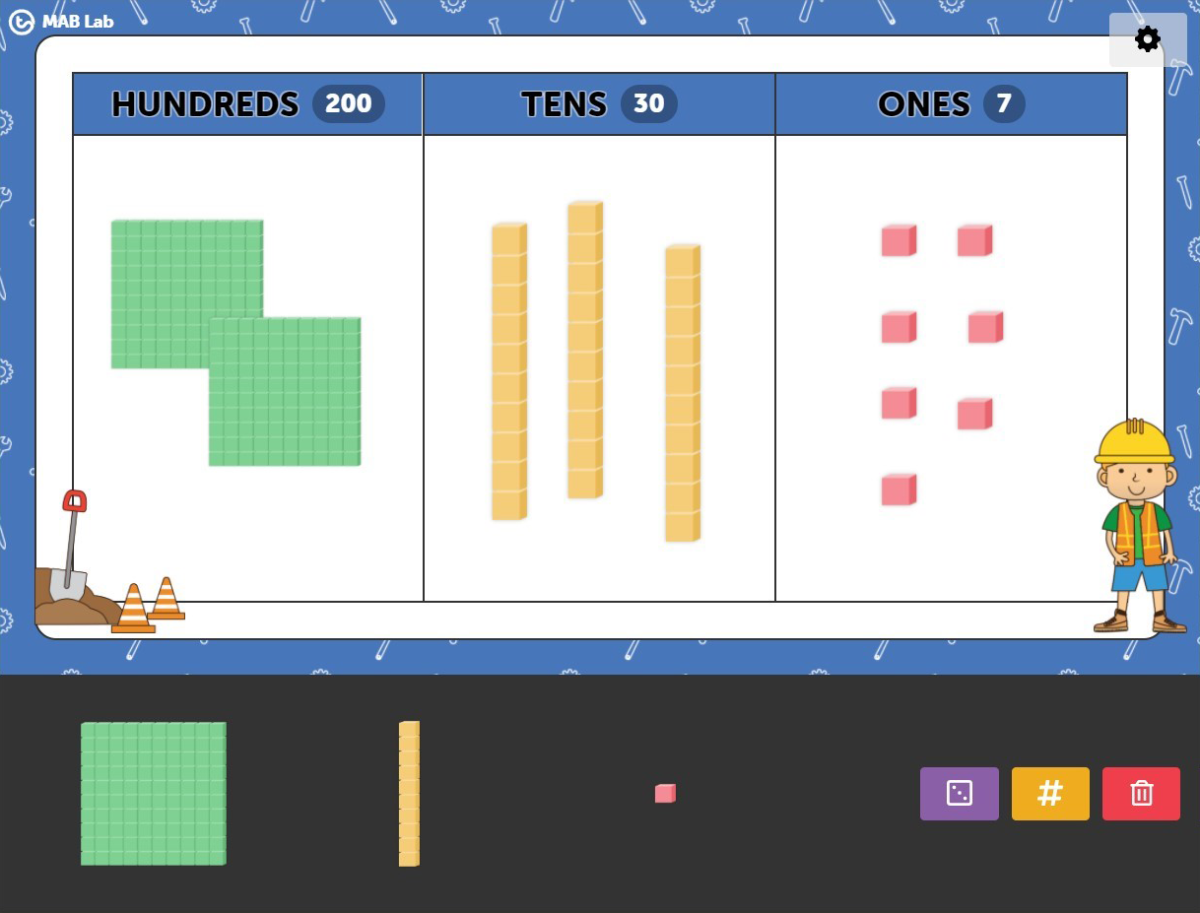
Adding Up Fun Using Interactive MAB Blocks
- Open up the two-digit place value mat.
- Provide the class with a large die (if available, or use our Dice Roller Widget on another device).
- The first student rolls the die and drags that number of ones onto the place value mat.
- The next student rolls the die and adds their number to the previous students’ MAB blocks on the smartboard.
- Continue until all students have added their numbers.
- This is a great way to assess how the students may be progressing when it comes to their understanding of place value when they get to more than 10 ones. What do they do?
- They have the ability to drag 10 ones down off the board and then add a t10 to replace the ten ones.
Place Value Spinning Fun Activity
- Use our Place Value Spin activity as a small group activity!
- Print the spinners on large thick card to make it more user-friendly.
- Students take turns to spin up a number for the ones and then a number for the tens.
- They then need to make that number using the interactive MAB blocks. They can then write the number on mini-whiteboards too!
Randomise Blocks
Use the manipulative’s randomiser function to add a random amount of blocks to the work area. With the live count hidden, have students sort these blocks into place value and determine the total value. They can then click the show count button to see if they are correct. The minimum and maximum values for the randomiser can be altered in the settings menu.
Even More Ways to Use Digital MAB Blocks in Your Classroom!
Don’t stop there! This widget can be used in conjunction with any of the following resources.
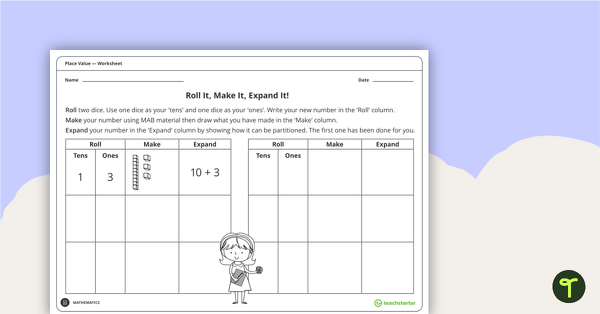
teaching resource
Roll It, Make It, Expand It! - Place Value Worksheet
A worksheet for students to use when learning about the place value of two-digit numbers.
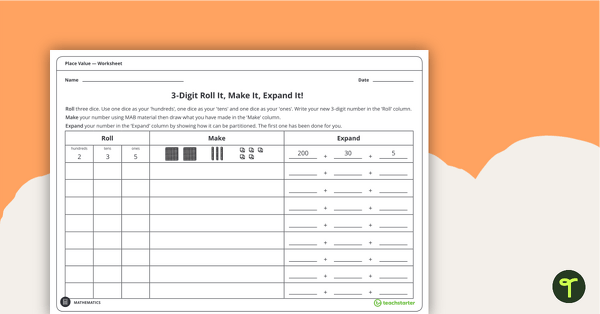
teaching resource
3-Digit Roll It, Make It, Expand It! - Place Value Worksheet
A worksheet for students to use when learning about the place value of three-digit numbers.

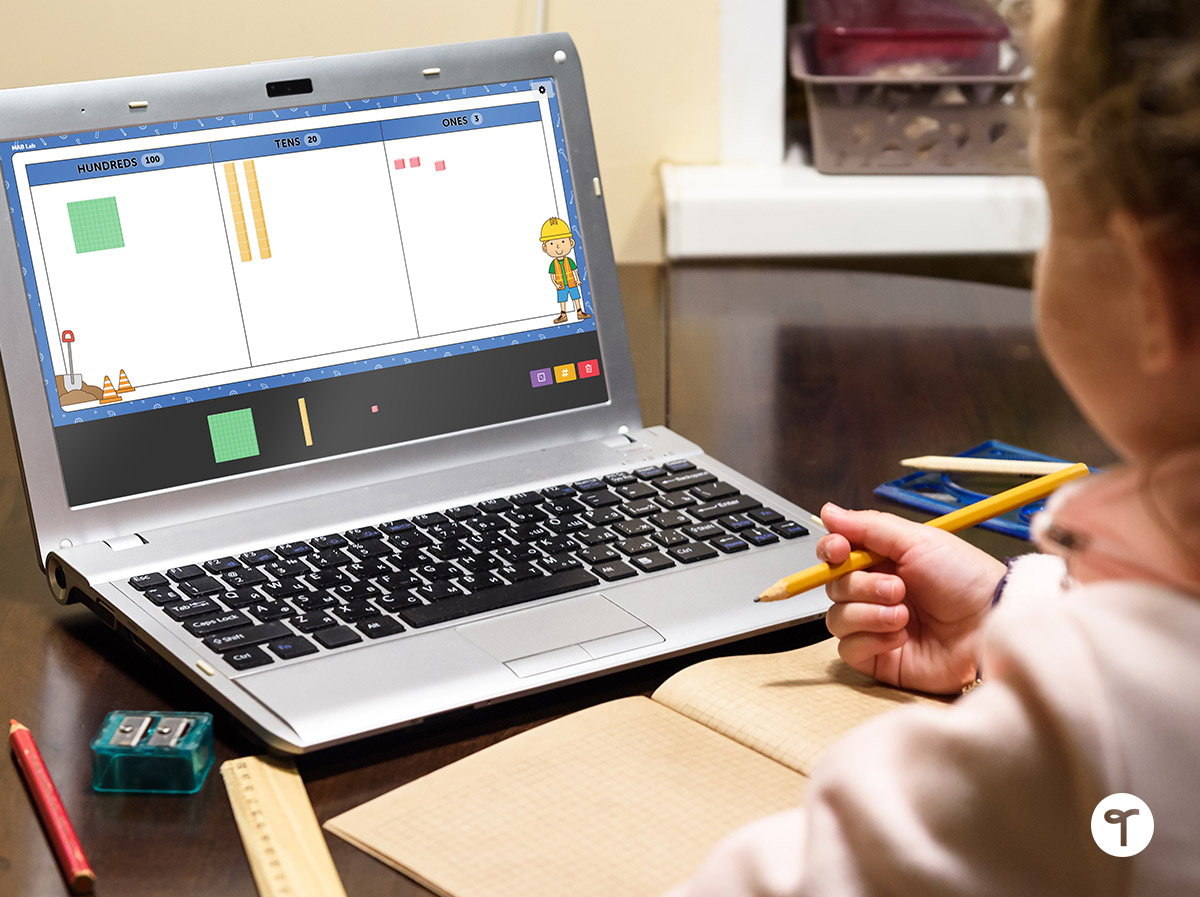
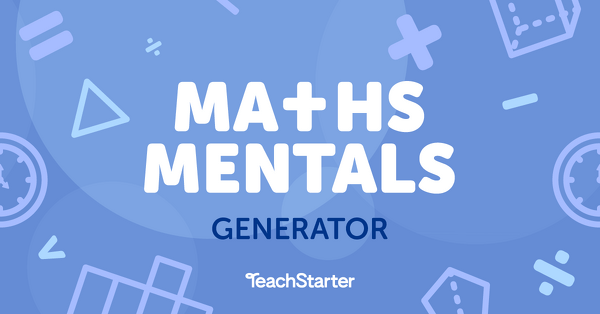
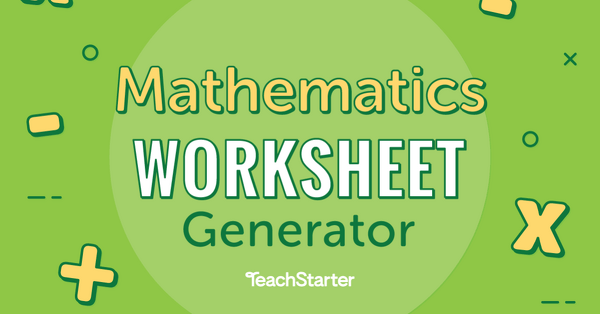
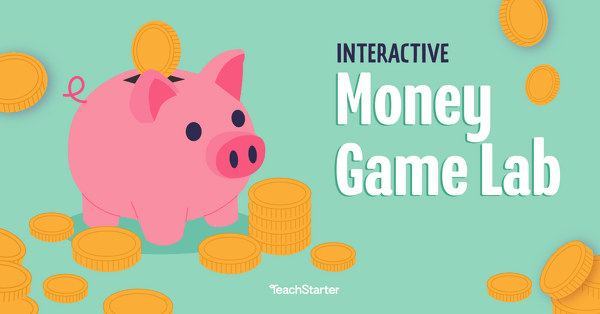
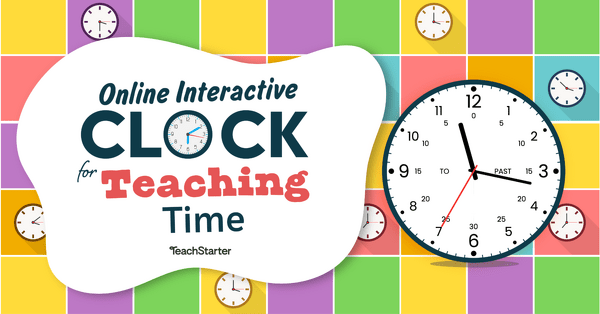
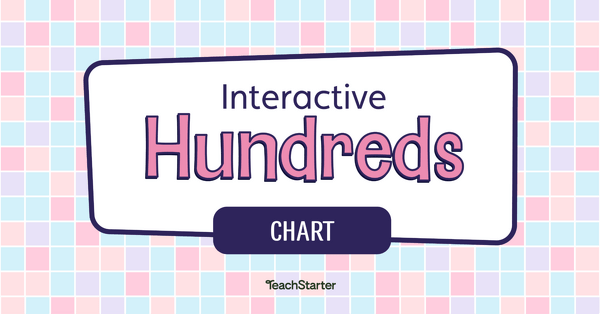
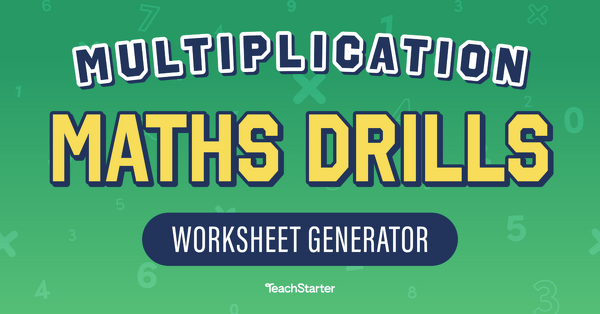
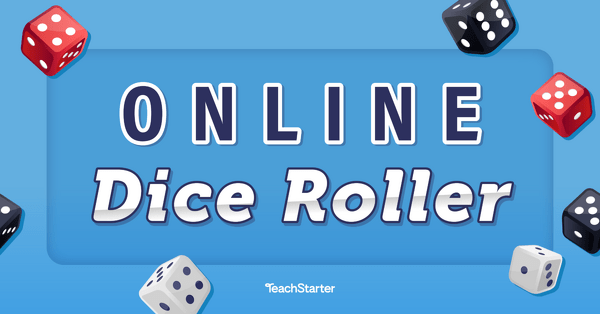
0 Comments
Write a review to help other teachers and parents like yourself. If you'd like to request a change to this resource, or report an error, select the corresponding tab above.